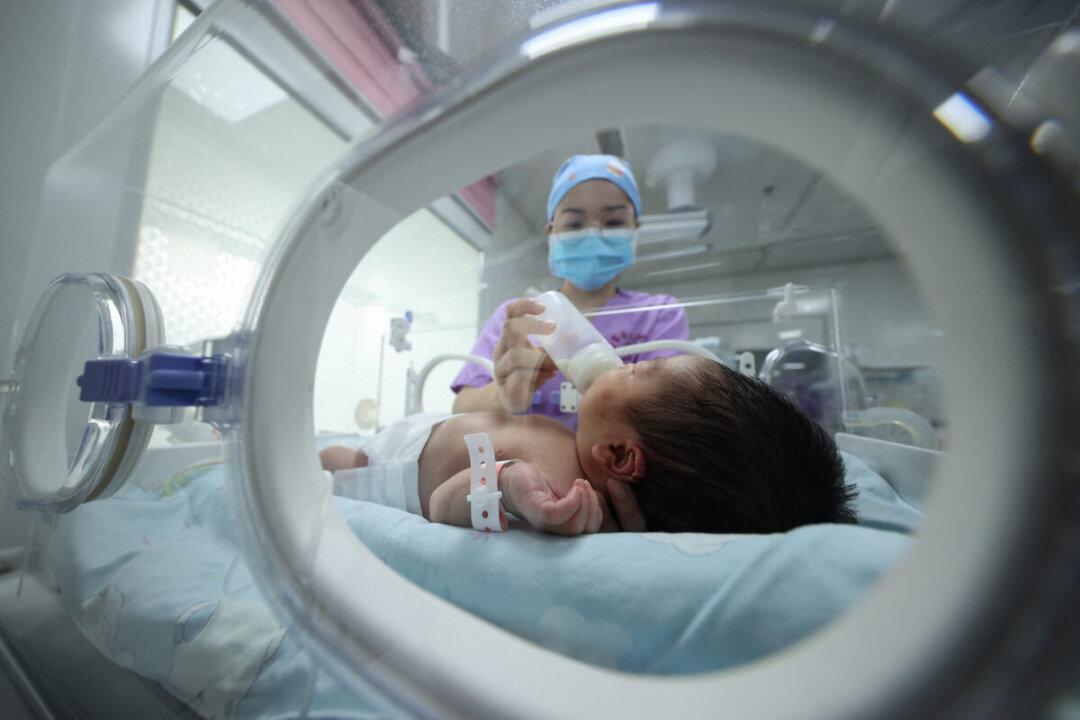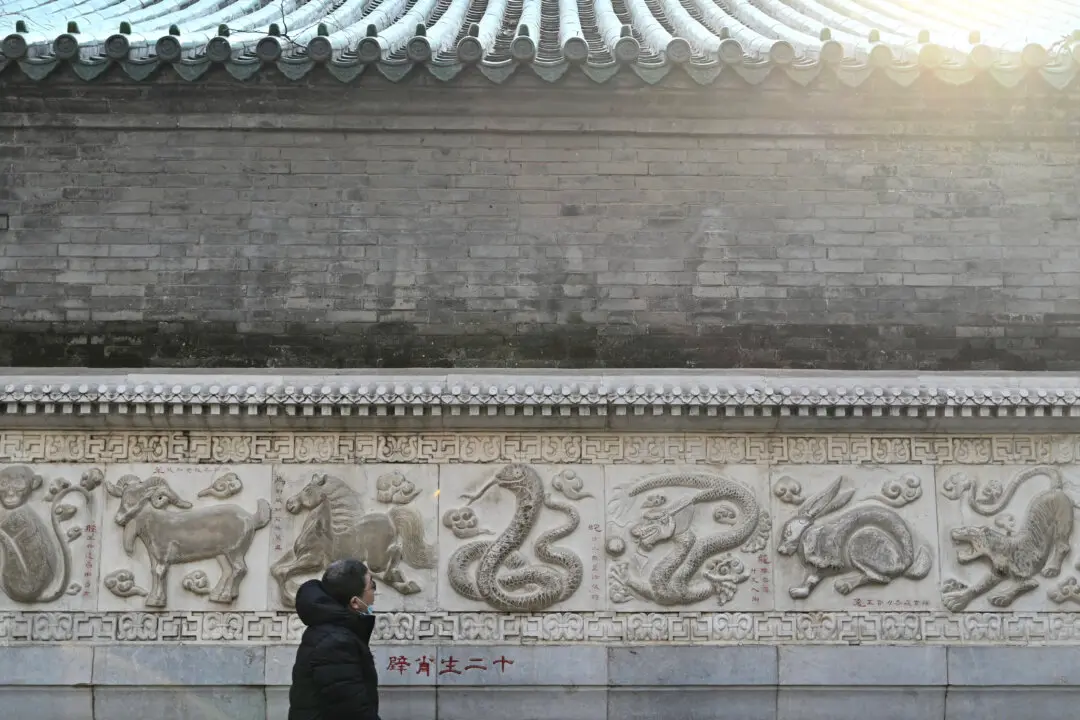Commentary
There is welcome and new-found—but much belated—focus by the Republican-led House of Representatives on the existential threat posed to the United States by communist China. A new committee, the Select Committee on the Strategic Competition between the United States and the Chinese Communist Party, is focused on the threat posed by the CCP to the American people, economy, and values.





